Solar energy has been a hot topic for many years now. Despite this, there are still many myths surrounding the industry. These misconceptions prompted Andrés González to give his fellow TLR members an informative talk about solar energy recently, as part of the monthly TGIF event.
Almost 10 years ago, in Colombia, I started a company with two friends who I’ve known since kindergarten.
We called the company Eneco (www.eneco-ic.com) and we dedicated it to solar energy.
At the start, it was just the three of us, all engineers, and we carried out every aspect of the business – from strategic planning right down to personally installing solar energy systems in homes and businesses across Colombia.
Nearly a decade later, and we are all now solely in management positions within the company. We have employees who work on tasks such as installations, design, and accounting.
To date, we have achieved a saving of 1,631 tons of CO2 with our projects and, since 2018, have had an average yearly turnover of $1m.
I mention these stats because they relate closely to the first common misconception – that sustainability is purely an environmental matter. In reality, it’s a lot more than that.

Debunking Myth #1: Sustainability means thinking only about the environment.
For an activity to be sustainable, it does have to have a positive environmental impact, but it also has to have a social impact (like creating employment) and it also has to have a profitable impact (it makes money, essentially). If an activity doesn’t perform in all three of these pillars, it’s not going to be sustainable.
It’s normal for people to think of sustainability as a purely environmental factor. This is because the first time the world really started to talk about sustainability was following the publication of Our Common Future by The World Commission on Environment and Development.
The biggest problem at the time was the hole in the ozone layer. This is why the conversations following this publication caused the environmental aspect of sustainability to stick in people’s heads. While it’s true that sustainability is partially about the planet, it’s not ONLY about that.

Debunking Myth #2: Solar energy is only useful in areas where there are energy access issues
When we talk about areas where there are energy access issues, we mostly mean bringing energy to those who live in isolated places. A lot of the time, this relates to powering areas of developing countries.
While this is definitely a fantastic use of solar power, it can also be used with great success in developed countries.
Let’s take Spain as an example. Right now in Spain we are having a big problem with energy access due to the rising cost of energy. If you compare the price of energy in 2020 to 2021, you will see that by the end of December 2021 a lot of households were paying three or four times what their energy bill was at the start of 2020.
The objective, according to the United Nations Sustainable Development Goals for 2030 is ‘Affordable and Clean Energy For All of Us’. This is where solar energy comes in. It can make a big difference to households in terms of the affordability of energy as well as to the cleanliness of the energy. A household can install solar panels to save money on their monthly energy bill.

Debunking Myth #3: Solar Energy is only useful for small off-grid uses, like for batteries, or for large, utility-scale solutions
When people think of solar energy, they think of smaller, off-grid uses like powering batteries. Either this, or they think of large, utility-scale solutions – big solar farms that contribute to the energy matrix. These are, of course, real uses of solar energy but there is also a big gap between those two use cases. Within this gap, solar energy is being used to power individual homes and businesses. This takes place in one of two ways.
The first method consists of installing solar panels on a building. The energy gleaned from the panels goes towards the building’s energy consumption. If further energy is needed, it is taken from the grid. With this method, energy costs are reduced.
The second method is the same as the first, but there is an extension of the set-up where any excess energy that is generated by the solar panels goes from your building and INTO the grid. This will have been set up in such a way that means your energy company is essentially buying solar power from you (at a previously agreed upon rate). With this method, your bills are reduced even further.

Debunking Myth #4: Solar energy is way too expensive
‘Affordable and Clean Energy For All of Us’ is one of the UN’s key sustainability goals. As such, governments across many UN countries have implemented grants to promote the use of solar energy.
In the autonomous Spanish region of Andalucía, for example, there is more than €80m allocated to promote clean energy in homes and businesses as part of 6 different grants programmes.
Let’s say you have a big company. You might get a grant for between 15% and 30% of the cost of the project (eg solar panel installation).
A small company might get a grant for between 35% and 50% of the project. There are also grants programmes for projects on individual households.
The installation of a very small project, with maybe one solar panel, could cost as low as €500. Considering the availability of government grants, plus the savings the solar panel would give you over the course of its lifetime (between 25 and 30 years), the cost of solar energy does become quite affordable.

Debunking Myth #5: Solar energy consumption systems are individual
If you have a business or an apartment in a shared building, you can share a solar energy consumption system.
Different parties can even invest different amounts in this system. For example, let’s say there is a building with four floors. There is one business on each floor but they can’t all afford the same costs. Two businesses can choose to pay 35% of the investment, with the remaining two paying 20% and 10% respectively. They then receive the benefits of the investment in these same percentages.

About Andrés

Andrés specialises in solar photovoltaics, solar energy, energy efficiency, and sustainable development.
In his free time, he enjoys music, riding his bicycle and watching as well as playing soccer.
For more information about his company, Eneco, go to www.eneco-ic.com.
To read more blog posts by TLR members, check out our blog feed here. You can also click here to learn more about TLR subscriptions.













